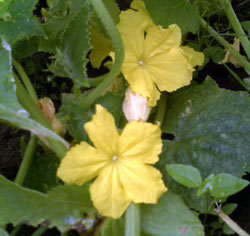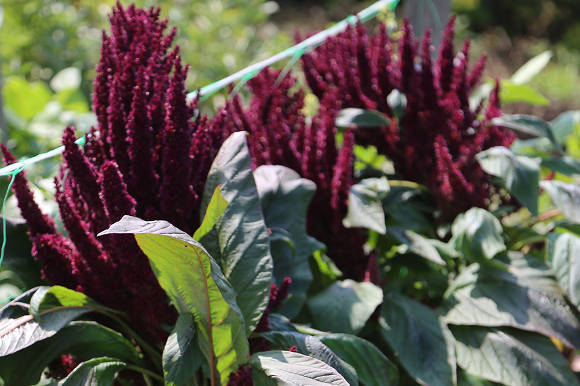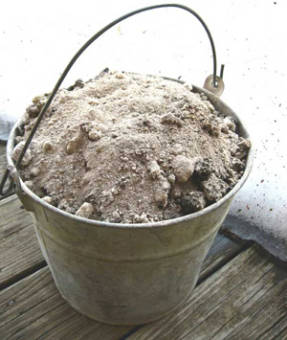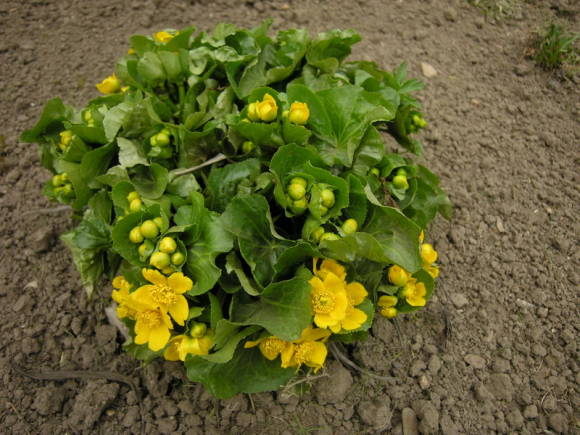
In the Middle Ages, the daisy was a favorite remedy. In the famous herbalist L. Fuchs (1543), it is recommended as a wound healing agent, as well as a medicine for gout and croup. Lonicerus believed that flowers eaten on an empty stomach stimulated appetite. It was appreciated for its wound healing effect and it was believed that even damage to the skull could be cured with the help of this plant. Daisy was also used to treat the liver and kidneys, attacks of dizziness and insomnia, and was used to dissolve hematomas (bruises).
As a medicinal raw material for this plant, grass is used, that is, the above-ground mass, cut off during flowering. Our ancestors believed that the plant has the greatest medicinal power in the first half of summer before Ivan Kupala (July 7), among Catholics - until June 24. It is dried in the shade in a well-ventilated area.
At the beginning of the 20th century, the daisy made a great contribution to the fight against tuberculosis. In Sweden, in 1908, in April, a fundraiser was organized to fight this serious disease. Each one who made a feasible contribution was given a daisy flower as a keepsake. Sweden was followed by Finland, and in 1910 by Russia. Each flower was sold for 5 kopecks and in Moscow alone 150 thousand rubles were collected - a lot of money at that time.
Although there were difficult periods in her life. In Germany in 1739, a daisy, along with a dog's chamomile, was suspected of being poisonous, and it was ordered to destroy it wherever possible. But, fortunately, this delusion did not last long, and the daisy returned to lawns, meadows and flower beds.
A bit of everything
The chemical composition of the daisy has not been studied enough, but it is known that the plant contains inulin, vitamin C, mucous substances, triterpenoids, the so-called bellissaponins, saponins, bitterness, tannins, flavonoids and, in very small quantities, essential oil. In general, all the main groups of compounds are present, except perhaps the alkaloids, but not in such large quantities that the plant could be dangerous when used. On the other hand, they provide a mild medicinal effect in many ways.

Daisy preparations regulate metabolism, have a blood-purifying effect. It is advisable to use it inside fresh and in the form of juice for allergies, a tendency to furunculosis and all kinds of skin rashes. In addition, with furunculosis, suppuration, ulcers, mastitis, daisy broth moisten the affected areas or cover them with crumpled leaves.
Nowadays, in folk medicine, this plant is used as an expectorant for diseases of the upper respiratory tract and bronchial asthma, which is explained by the presence of saponins.
Prescribe daisy herb for constipation as a mild laxative, disorders of the liver and kidneys, jaundice, diseases of the bladder, rheumatism and gout.
Infusion of daisy flowers from these diseases are prepared as follows: a tablespoon of dried flowers and rosette leaves is poured with a glass of boiled cold water, insisted for 2-3 hours and filtered. Take 1/2 cup 3 times a day. The pressed mass can be used for compresses.
Daisy can be infused with white wine. It turns out healing fortifying drink... For 100 g of fresh leaves and flowers, take 1 bottle of dry white wine and insist in a dark place for 2 days, shaking occasionally, filter and store in the refrigerator. Take 1-2 tablespoons before meals 3 times a day for furunculosis and gout.
In homeopathy, it is used for wounds, tumors, bruises, dislocations, rheumatism, skin diseases, but the raw material is the whole plant, together with the root. An essence is prepared from raw materials, which is a juice canned with alcohol, or dry plants are used.

Bellis perennis (daisy). Acts like Arnica, but this drug is preferred for the elimination of pain: pain in wounds, pain as from a crush; pain is sometimes relieved by gentle movement. Injury of soft tissues, as well as surgical trauma, contusion of the mammary gland. Application: D2-D6 in solution, for injuries; C6 (D12) in solution for pain in the postoperative period, 8 drops at short intervals.
Leaf salad is used as early vitamin greens to improve metabolism and cleanse the body of winter toxins. Daisy goes well with cucumbers, radishes, green crops. She herself does not have a sharp taste and therefore softens overly spicy ingredients such as onions, mustard, radishes well.
Along with daisy leaves, dandelion leaves, wood lice and other blood-purifying plants can be added to the salad. And flowers, which are also healthy and tasty, can also be used to decorate salads.









